Since the late 80s and early 90s of the last century, our Party has advocated reforming the national administrative system in conjunction with the country's renovation along the path of developing a socialist-oriented market economy and building a rule-of-law state of the people, by the people, and for the people.
One step reform of administrative system and organizational apparatus
The 6th Party Congress (1986) set out the economic renovation policy, creating the premise to escape the crisis and the centralized, bureaucratic, and subsidized administration and economy. The 7th Congress (1991) determined to continue reforming the state apparatus and set out the tasks of amending the Constitution, improving the organization and operation of the National Assembly, amending the organizational structure and operation methods of the Government and local governments (CQDP), laying the foundation for a step-by-step reform of the administrative system and the apparatus of the political system with the main contents: (1) Reforming the institutions of the administrative system; (2) Rectifying the organization and operating regulations of the administrative system; (3) Building a team of cadres and civil servants. At the same time, focus on implementing breakthroughs in 7 urgent areas that are causing trouble for people and negatively impacting development at that time, including: real estate, production and business registration, import and export, direct investment, tax, traffic safety and order, and immigration.

However, the reforms are only the beginning, the administrative system is still heavily influenced by ideological remnants and centralized, bureaucratic, subsidized management mechanisms, which hinder socio-economic development; it has not yet met the requirements of serving the people in new conditions. The organizational apparatus is still cumbersome, with many levels, low management effectiveness and efficiency; the administrative management method is both centralized, bureaucratic and decentralized, and not yet transparent. The administrative apparatus at the local and grassroots levels has not really been closely connected with the people, and has not grasped the outstanding complaints and petitions in the area; it is confused and passive when handling complex situations.
That reality requires a comprehensive and synchronous reform of the state administration, including the organization of the political system to meet the economic reform, promote democracy and international integration. In response to that urgent requirement, the State Administrative Reform Programs (PAR) were born and implemented, gradually creating important breakthroughs.
Breakthroughs from the Comprehensive Administrative Reform Programs
During more than 2 decades since 2000, 3 Comprehensive Administrative Reform Programs in our country have been issued and implemented by the Government with clear goals, specific and methodical roadmaps in each stage (2001-2010 stage; 2011-2020 stage and 2021-2030 stage currently being implemented) and have achieved great achievements in key areas of the administrative system, contributing to promoting socio-economic development and international integration of the country.
The administrative system (with a focus on administrative procedure reform) has been constantly improved, synchronized, and increasingly improved to simplify procedures and processes, make them public, transparent, and shorten the processing time. The state administrative apparatus from the central to local levels has had its functions, tasks, and powers more clearly defined, basically overcoming the overlapping and vacancy of functions, tasks, scope, and management objects. The quality of the staff, civil servants, and public employees, and their spirit and attitude toward serving the people have improved compared to before. Public resources serving the administrative system have been exploited and promoted, contributing to serving the people, reforming public services and modernizing the administrative system, building and developing e-Government, towards digital Government. The people's satisfaction index with the service of state administrative agencies (SIPAS) has increased steadily over the years, reaching 82.66% in 2023 (80.08% in 2022).
However, according to the Government's 2024 Administrative Reform Report and the assessment in Resolution No. 27-NQ/TW of the 6th Central Conference (Term XIII), Conclusion No. 121-KL/TW dated January 24, 2025 of the Central Executive Committee and the assessment of General Secretary To Lam: The process of building a socialist rule-of-law state in Vietnam still has limitations and shortcomings, and in some aspects does not meet the requirements of development, management and protection of the country in the new situation. The organization of the political system is still cumbersome, with many levels and many focal points, causing waste and hindering development. The number of cadres, civil servants and public employees is large but the structure is unreasonable, lacking leading experts in important fields.
The head of our Party emphasized: the overall organizational model of the political system of our country, although it has been renewed in some parts, is still basically following the model designed decades ago, many issues are no longer suitable for new conditions, which is contrary to the law of development; creating the mentality of "Saying does not match doing". Administrative procedures in some areas, especially the land sector at the district level, are still cumbersome and complicated, people seem to be puzzled, difficult to access... These are the main reasons among many reasons leading to many policies of the Party being slow to be implemented in real life or some policies not being implemented or being implemented in a formal manner in reality.
According to Resolution No. 09/NQ-CP dated January 10, 2025, our country's GDP growth rate in 2024 will increase by 7.09%, the economic scale will reach about 476.3 billion USD, ranking 33rd in the world; average income per capita will reach 4,700 USD, belonging to the group of upper middle-income countries; for the first time, Vietnam has been ranked by the United Nations as a country with a fairly high E-Government Development Index (ranked 71/193 countries) along with many other evaluation indexes and praises. This is a reality that recognizes the country's breakthrough under the leadership of the Party and the efforts of the entire people and the entire political system.
However, if we are satisfied with the initial achievements and rest on our laurels, we risk the country's economy falling into the middle-income trap. In fact, many of Vietnam's evaluation indicators compared to other countries in the region are still low. For example, Vietnam's labor productivity is only higher than Myanmar, Cambodia, Laos and only equal to 11.3% of Singapore's productivity; 23% of South Korea; 24.4% of Japan; 33.1% of Malaysia; 59.1% of Thailand; 60.3% of China; 77% of Indonesia and 86.5% of the Philippines. Vietnam's global competitiveness index is behind many ASEAN countries. Vietnam's e-Government Development Index is also ranked many levels below Indonesia, Malaysia, Thailand, and Singapore. Corruption, waste, and loss of assets in our country's public sector are also high.
Therefore, this revolution to streamline the organizational apparatus initiated and led by our Party is very necessary, demonstrating the consistent and consistent policy of the Party; not only fighting waste but also promoting labor productivity, accelerating socio-economic development, enhancing the role and responsibility of the State and the political system in the socialist-oriented market economy, for the prosperity and happiness of the People.
Source: https://daibieunhandan.vn/bai-2-cai-cach-nen-hanh-chinh-quoc-gia-buoc-dot-pha-manh-me-post408694.html




![[Photo] General Secretary To Lam holds a brief meeting with Russian President Vladimir Putin](https://vphoto.vietnam.vn/thumb/1200x675/vietnam/resource/IMAGE/2025/5/10/bfaa3ffbc920467893367c80b68984c6)

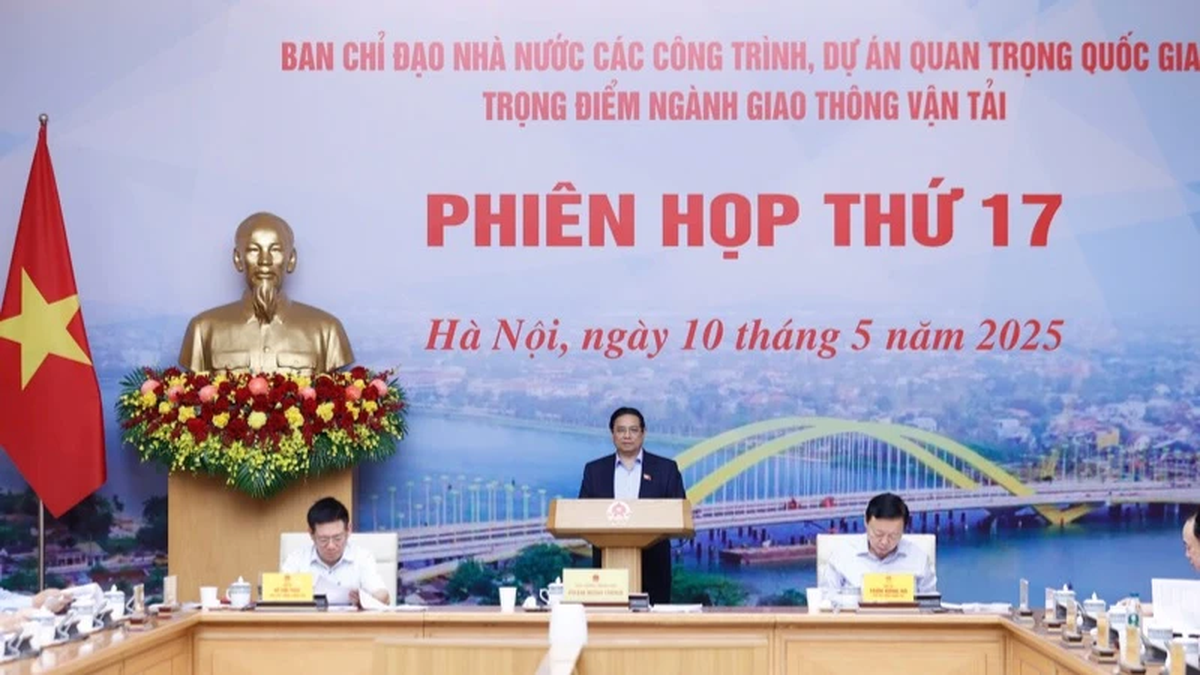

![[Photo] Prime Minister Pham Minh Chinh chairs a meeting of the Steering Committee for key projects in the transport sector.](https://vphoto.vietnam.vn/thumb/1200x675/vietnam/resource/IMAGE/2025/5/10/0f4a774f29ce4699b015316413a1d09e)
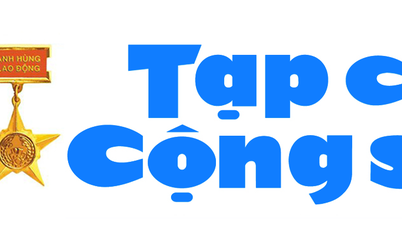

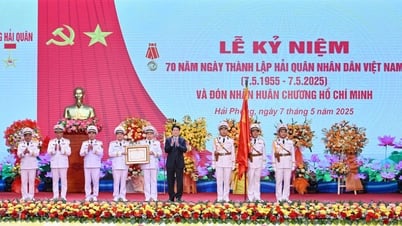
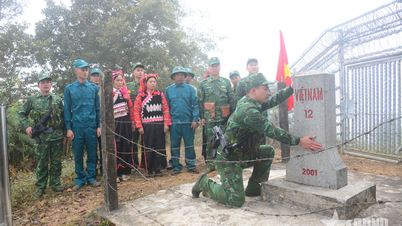





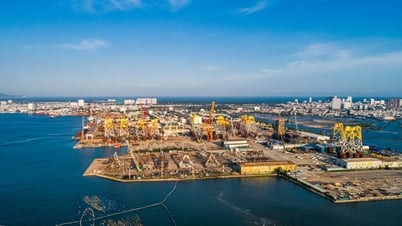

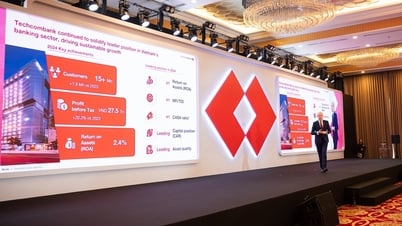



















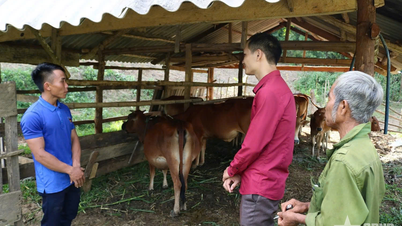

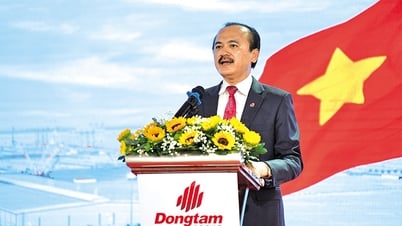










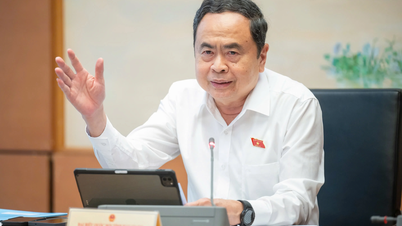















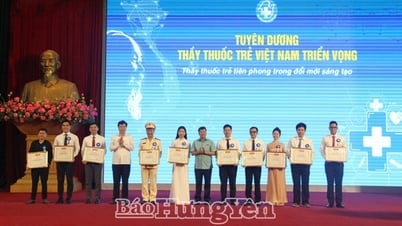

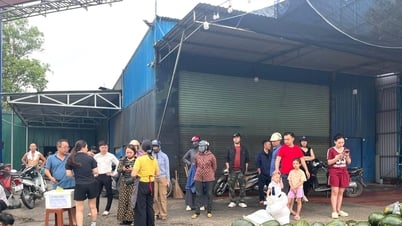



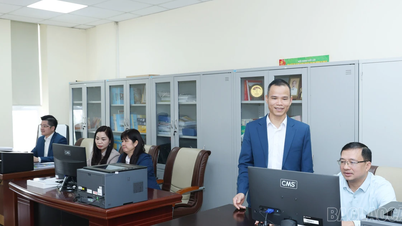

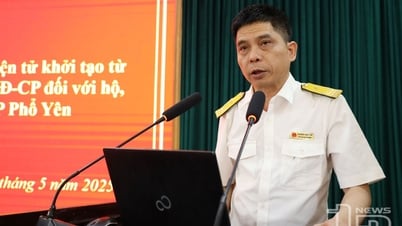













Comment (0)